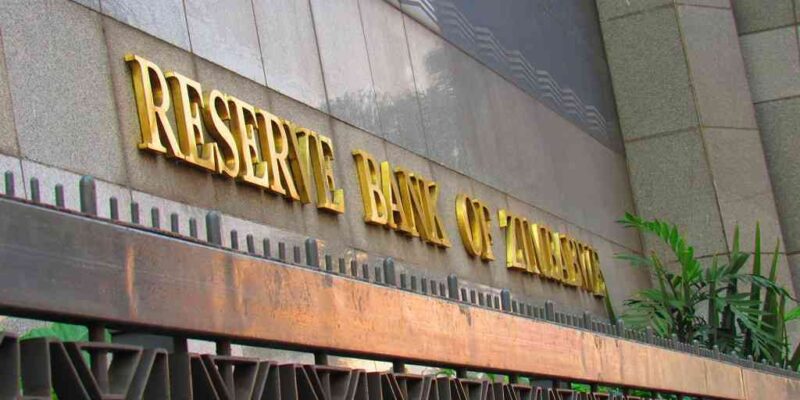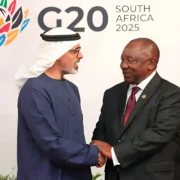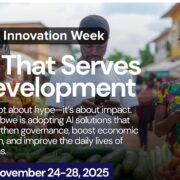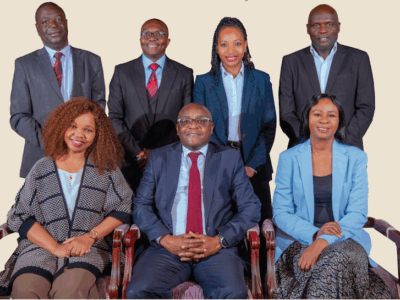Zimbabwe’s economy has hit a major milestone, with export receipts reaching a record US$10.3 billion in the first nine months of 2025 — a development the Reserve Bank of Zimbabwe (RBZ) says signals renewed momentum and resilience in the country’s external sector.
Driven largely by strong global demand and firm prices for gold, platinum, and other key minerals, the export boom is strengthening Zimbabwe’s foreign currency position and laying a solid foundation for future economic stability and growth. The RBZ now projects the country’s overall economic growth to exceed 6% in 2025, surpassing earlier forecasts.
According to the RBZ’s latest macroeconomic update, foreign currency reserves grew significantly from US$731 million in June to US$900 million by the end of September 2025. This marks steady progress in the central bank’s efforts to rebuild reserves and maintain monetary stability.
“The strong performance in gold and platinum prices has boosted the country’s foreign currency receipts, which reached US$10.3 billion as at the end of September 2025,” said the RBZ in its update.
Foreign reserves at current levels are enough to cover about one month of the country’s import needs, which have averaged between US$800 million and US$850 million per month this year. While still below the international benchmark of three to six months, the central bank says this achievement is a key step toward its long-term goal of full monetary sovereignty and a transition to a mono-currency regime within five years.
In 2024, Zimbabwe recorded its highest-ever annual foreign currency inflows, reaching US$13.3 billion — a 21% increase from US$11 billion in 2023. This momentum has carried into 2025, supported by improved export performance and a narrowing trade deficit. The RBZ projects a US$100 million trade surplus for the year, alongside a sustained current account surplus of US$454.1 million for the third quarter.
The surge in export earnings has strengthened public confidence in the structured ZiG currency, introduced last year as part of a broader de-dollarisation plan. Backed fully by foreign reserves — which now exceed reserve money in circulation by a factor of four — the ZiG is being positioned as a stable medium of exchange, store of value, and unit of account.
“The economic growth momentum is expected to persist in the near and medium term, underpinned by the conducive macroeconomic environment, resulting from the ongoing macroeconomic stability,” the RBZ said. “Consequently, the economy is expected to go beyond the initial growth target of 6 percent in 2025.”
Inflation trends also support the positive outlook. Monthly ZiG inflation is expected to remain low and stable, while annual inflation is projected to fall below 20% by December 2025. The central bank credits this to disciplined monetary policy, including a sharp deceleration in broad money (M3) growth — from an average of 10% between May and December 2024 to just 2% between January and September 2025.
However, the RBZ cautioned that the final quarter of the year may present short-term pressures on foreign exchange reserves. Traditionally, this period sees increased demand for forex due to the agricultural season and lower export inflows, which may slow the rate of reserve accumulation.
“Given that the last quarter of the year is traditionally characterised by high forex pressures due to the onset of the agricultural season and low forex receipts, the rates of accumulation in forex reserves will slow down,” said the bank. “The Reserve Bank remains committed to prudent monetary policy characterised by data-driven policy insights and well-calibrated monetary and financial parameters.”
Still, experts view the 2025 performance as a turning point. The strong external position, coupled with stable inflation and disciplined money supply growth, is being interpreted as a sign that Zimbabwe is on the right track — not just to recovery, but to sustainable growth.
For a country that has battled prolonged economic challenges, these developments offer more than just good numbers — they signal a possible economic renaissance powered by exports, smart policy, and renewed confidence.













Comments